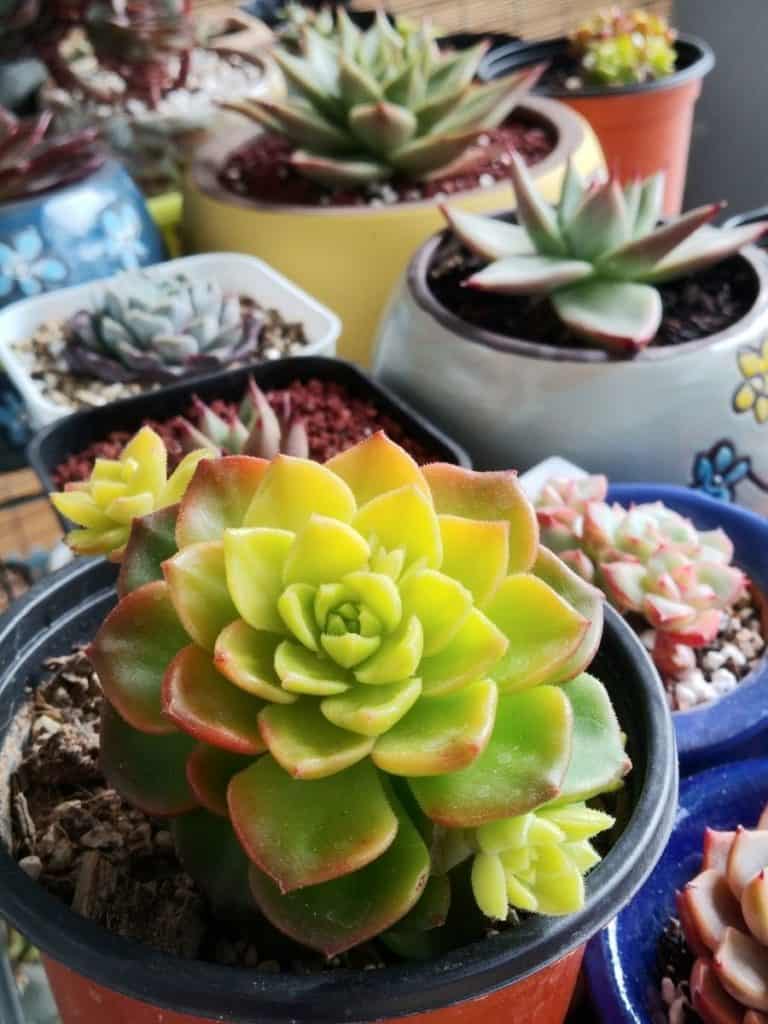The Silent Killers of Succulents: Uncover the Deadly Mistakes You’re Making
Succulents are the ultimate low-maintenance plants. With their vibrant colors and unique shapes, they brighten up any room effortlessly. Although caring for them is a breeze, sometimes these hardy plants can start to look sickly. If your succulents are wilting or yellowing, don’t panic! This guide will help you revive them to their former glory.
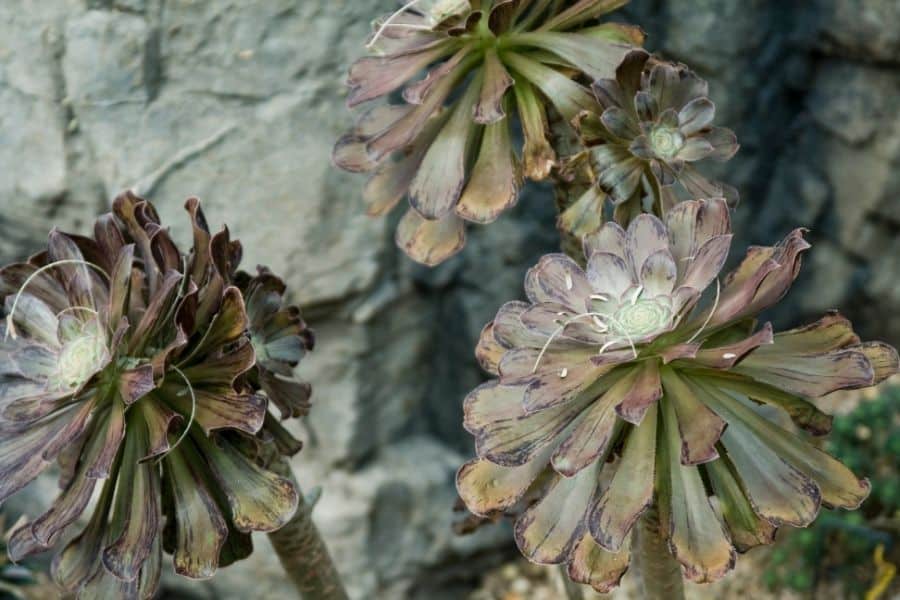
Contents
The Perfect Environment for Thriving Succulents
Succulents make excellent houseplants, even for beginners. They’re tough and require minimal care when given the right conditions. With just a few simple steps, your succulents can flourish for years, maybe even decades!
Succulents love bright, indirect sunlight. Their soil should drain well to prevent water from pooling at the bottom. Generally, you only need to water them once a week. But if it’s scorching hot, give them an extra sprinkle.
If growing succulents outdoors, keep them out of harsh afternoon sun during summer. And remember to bring them inside before the first frost, as they can’t withstand freezing temperatures.
Why Are My Succulents Dying?
Even when you try your best, succulents can sometimes struggle and start showing signs of distress. Here are the most common reasons your beloved succulents may be dying, along with details on how to identify and fix each issue:
1. Too Much Light
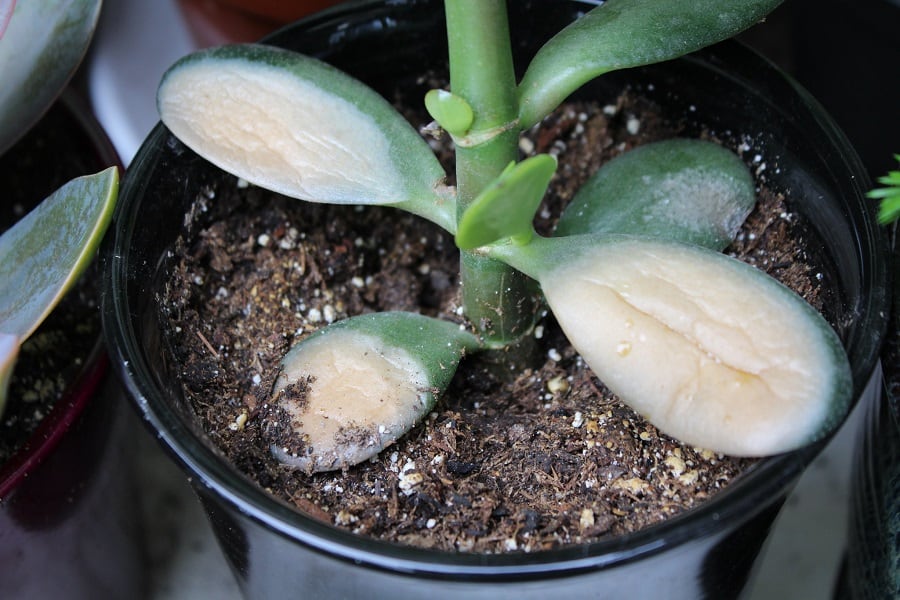
While succulents absolutely need sunlight for photosynthesis, too much direct, intense light can severely damage them. With excessive sun exposure, the leaves will start turning pale, tan or beige. You may even notice scorch marks, brown crispy patches or calloused areas on the leaves and stems. This is akin to the plant getting sunburned. Move affected plants out of direct rays immediately.
2. Insufficient Light
On the other extreme, succulents deprived of adequate lighting will start etiolating – stretching out and becoming leggy as they desperately try to find a light source for energy. The vibrant colors will fade to a washed-out green or yellow tone. Rotated regularly, succulents need at least 4-6 hours of bright, indirect sunlight daily.
3. Watering Too Much/Too Often
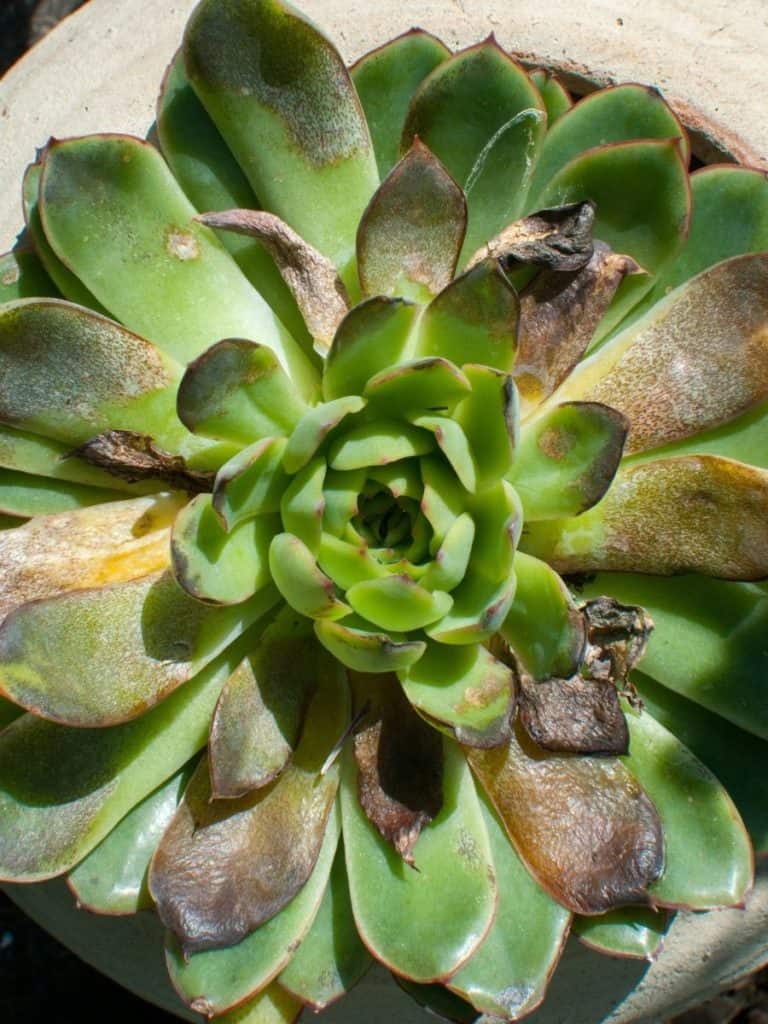
As water-storing desert plants, succulents are extremely prone to root rot and death from overwatering. Soggy soil and constant moisture cause the roots to literally rot and decay. You’ll notice the fleshy leaves becoming dull, squishy, translucent and misshapen as they’re unable to use the excess water. The plant may also start dropping leaves easily. Let the soil dry completely between waterings.
4. Not Enough Water
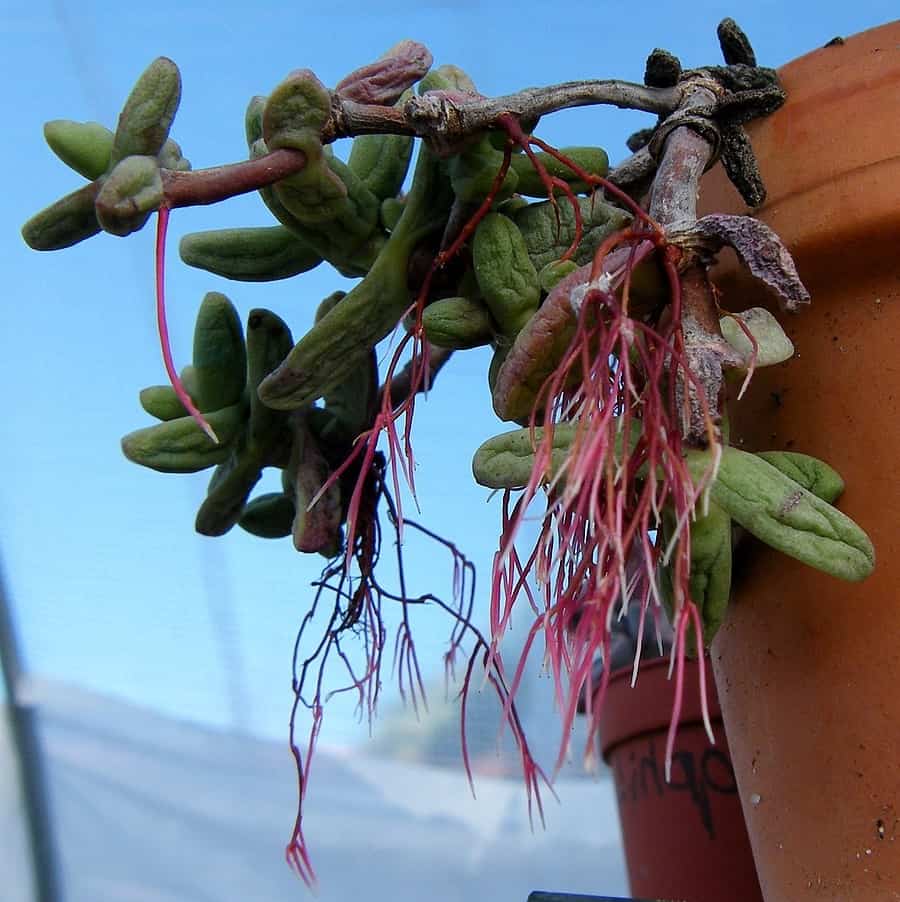
Despite their drought tolerance, succulents do need some water to survive. With persistent underwatering, the plump leaves will start shriveling and wrinkling up as the inner water storage gets used up. The plant’s color will become dull and drab. Eventually, it will shrivel up completely until the roots dry out and it dies. Most need a thorough soak about once a week.
5. Wrong Type of Soil
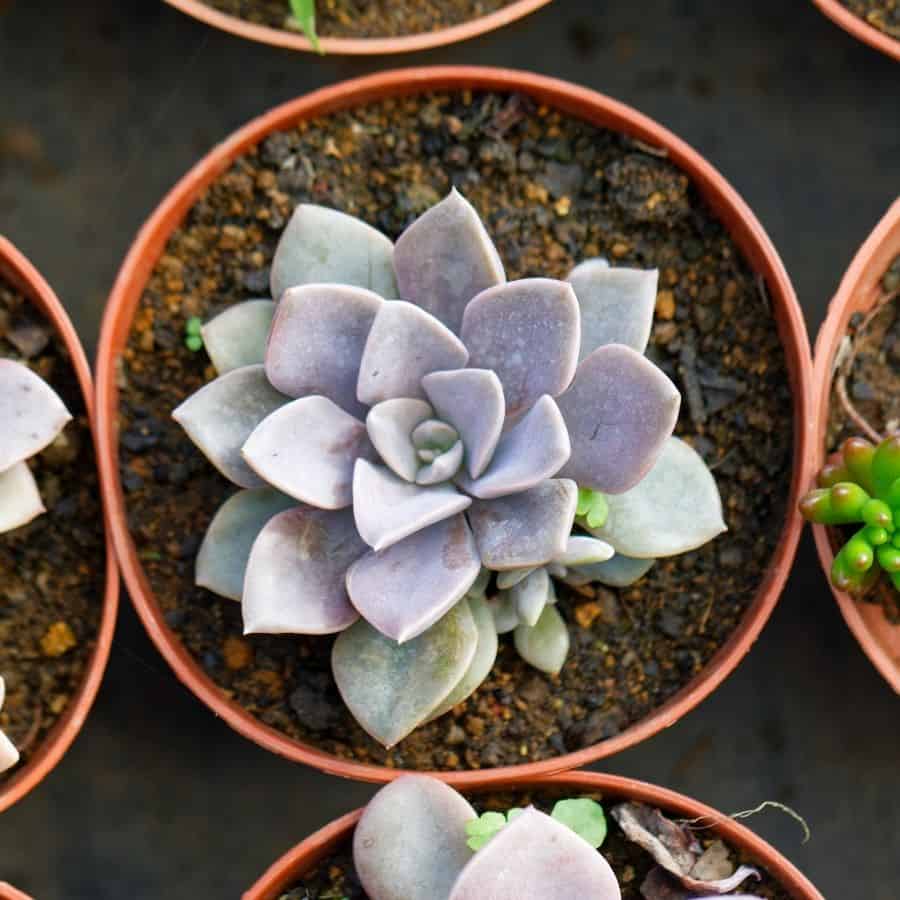
Using dense, water-retaining potting mixes practically drowns succulents over time as the soil compacts and drainage is impeded. The soggy medium causes root rot and suffocates the plant. Succulents demand a gritty, extremely well-draining soil mix designed just for cactus and succulents (see our recommendations here).
6. No Drainage Holes
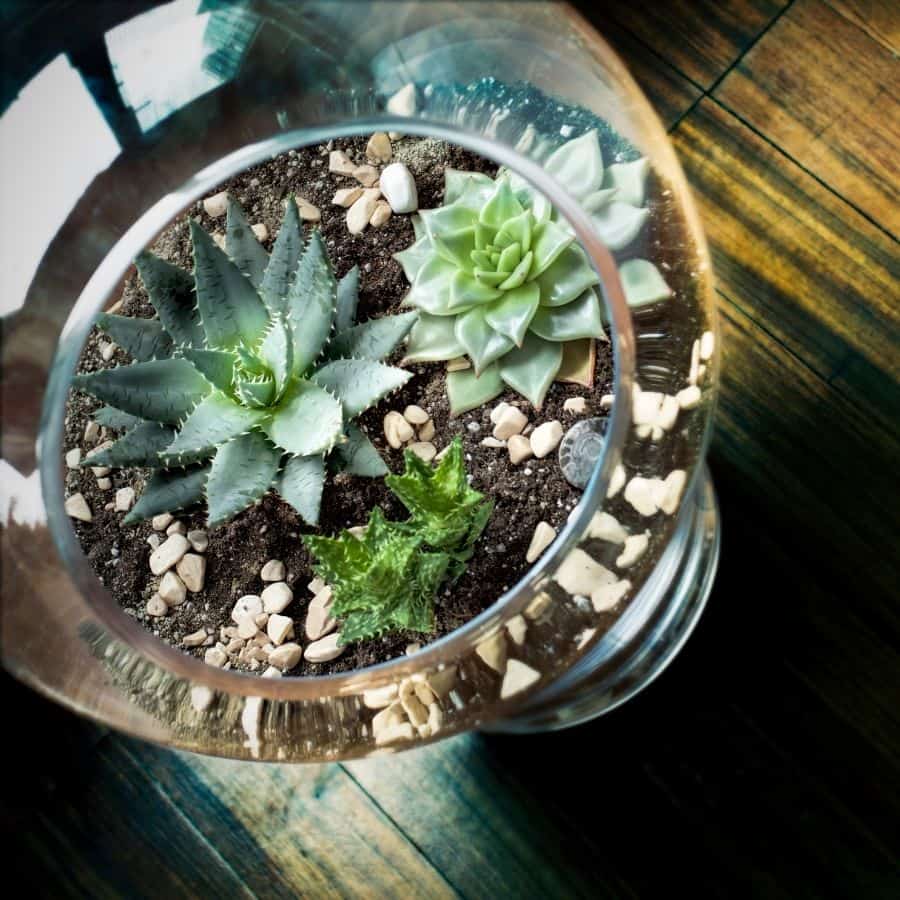
Even with the perfect, fast-draining soil, succulents will slowly rot if their pot has no drainage holes for any excess moisture to escape through. Always use pots or containers with drain holes for proper airflow and drainage.
7. Fertilizer Burn
Too much fertilizer, especially types not meant for succulents, can burn the roots and leaves. This causes browning, crisping and death of the plant over time. Only use very diluted, succulent-specific fertilizers sparingly during the growing season.
8. Pests and Diseases
Fungal diseases like root rot, stem rot and leaf rot due to prolonged moisture can kill succulents rapidly. Insect infestations by mealybugs, scale and spider mites also weaken and destroy the plants. Proper watering and quarantining new plants prevents most problems.
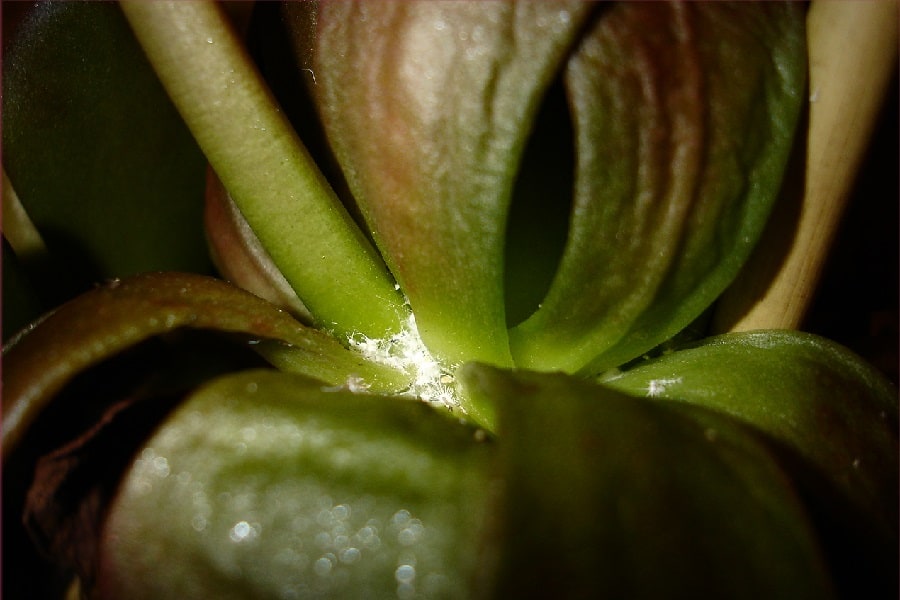
9. Frost Damage
Since succulents originate from hot desert climates, they suffer severe cold injury below freezing temperatures. Frost damages the fleshy, tender tissues causing permanent disfiguration, scarring and decay that is often fatal. Protect plants by bringing them indoors before winter arrives.
Do Succulents Die Easily?
While hardy, succulents need specific care to truly thrive. Finding the right balance of light, water, and soil drainage is essential. Provide those ideal conditions, and your succulents should easily live for many years, free from pests or disease.
The beauty is, it’s simple! Just find a bright spot with indirect light and water once a week. Succulents don’t demand constant tending like other houseplants. With minimal effort, they’ll reward you with unique shapes and stunning colors.
How Do You Revive a Dying Succulent?
If your succulent is showing signs of distress, the key is to quickly diagnose and treat the underlying issue. With some TLC, many dying succulents can make a full recovery.
Too Much Light
For sunburnt or scorched succulents, immediately move them out of direct sunlight. Trim off any dried, calloused areas with a clean knife or scissors. Place the plant in a spot with bright, indirect light and allow the wounds to callous over. Once calloused, new growth should start appearing.
Not Enough Light
Etiolated, stretched-out succulents need more sunlight right away. Gradually introduce more bright, indirect light each day by moving them closer to a window or adding a grow light. Turn the plant frequently so all sides receive adequate exposure. New compact, colorful growth signals improvement.
Overwatering
For waterlogged, rotting succulents, remove the plant from the wet soil immediately. Use a sterile utensil to gently remove any rotting roots and soggy leaves. Allow the plant to dry out completely for 3-5 days until the roots have a chance to heal over. Then, replant in a fresh, well-draining soil mix. Be sure to avoid overwatering going forward.
Underwatering
Severely shriveled and wrinkled succulents need a long, thorough soaking. Place the entire pot in a deep tray of water for several hours until the soil is saturated. Repeat watering in a few days if the plant doesn’t plump back up. Adjust your watering schedule to provide consistent moisture.
Wrong Soil
If the soil doesn’t drain quickly, replant in a grittier, more porous succulent/cactus potting mix. Or make your own by combining regular potting mix with 50% perlite, coarse sand or small pebbles for better aeration and drainage.
Lack of Drainage
Succulents in pots without drainage holes need to be replanted in a container with adequate drainage. Otherwise, the roots will continue staying perpetually wet and rotting. Terracotta and ceramic pots with drainage holes work great.
Fertilizer Problems
Too much fertilizer can release toxic salt buildups. If this is suspected, leach out the soil by running lots of water through the entire potting mix until it drains clear. Allow to dry out completely, then repot in fresh soil without fertilizer for several months.
Pests and Disease
Isolate any infested plants immediately. For mealybugs, scale, etc, wipe clean with a cotton ball dipped in isopropyl alcohol. Prune off any rotting, diseased areas with sterilized utensils. Allow to dry out before replanting in fresh mix.
Frost Damage
For cold-damaged succulents, wait and see if any new growth emerges from the base in spring. If not, take stem or leaf cuttings from any unaffected parts to propagate an entirely new plant.
With some diligence, most dying succulents can be nursed back to health and beauty by resolving their key stress factor. Don’t get discouraged – these resilient plants can amazingly bounce back from the brink of death!
